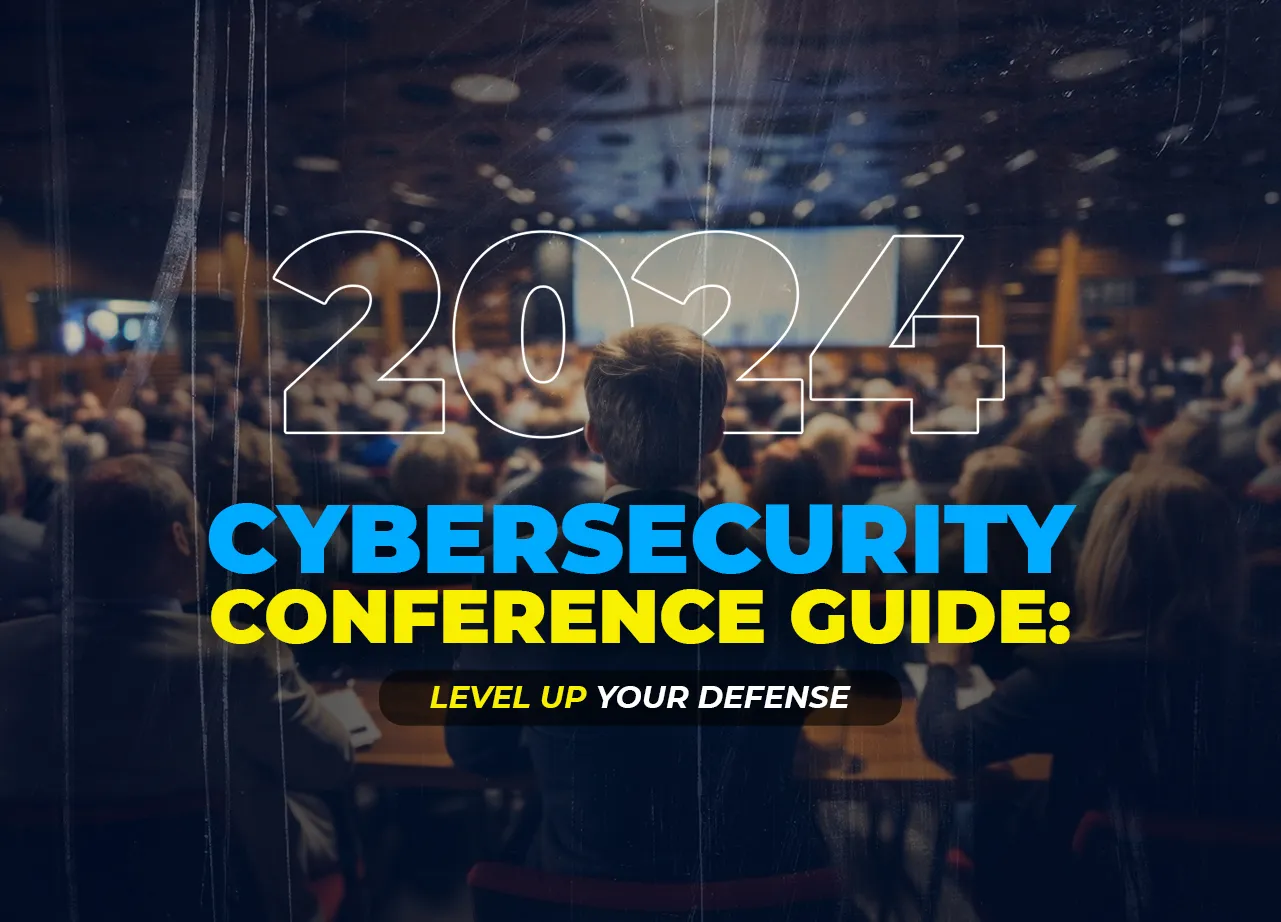
Containers are quickly replacing virtual machines as the go-to-choice for workload deployment and Kubernetes is the world’s most well-known container orchestrator.
Organizations are running everything from web applications to distributed batch jobs to strategic venture applications on Kubernetes. Any framework that runs basic applications turns into an objective for assaults, and Kubernetes is no exception. Notwithstanding, Kubernetes raises new security challenges. Containerized environment is characterized by high intricacy, countless moving parts and low perceivability. This makes it hard for security groups to distinguish, also react to, attacks on the Kubernetes control plane and individual pods and containers.
In this blog, we’ll learn about Kubernetes deployment strategy, Kubernetes incident response strategy, and how to work on your organization’s capacity to react to attacks on a containerized framework. Let’s begin……….
Kubernetes security is a complicated undertaking, and organizations are scrambling to safeguard their containerized workloads. The fundamental part of Kubernetes incident response strategy includes –
What to do when Kubernetes cluster get attacked
- How to facilitate efforts in your organization to manage an attack
- To guarantee you have a powerful process as well as the essential tools and information to research and recuperate from any security occurrence.
Also Read – Cyberattacks Are Inevitable. Is Your Company’s Cloud Storage Secure?
Table of Contents
Toggle
Table of Contents
ToggleKubernetes Incident Response Components
Incident response is a structured cycle that an organization uses to detect, manage, and recuperate from a cybersecurity event. A definitive point is to deal with the occurrence effectively so recuperation expenses, downtime, and collateral damage (counting business misfortunes and brand corruption) are minimal.
To empower an effective incident response, it is necessary to include people from all areas within the organization including technical and security groups – client support, human resources, legal, compliance.
Since many guides don’t explicitly incorporate Kubernetes, an association ought to consider the accompanying hierarchical components that need to take part in a Kubernetes incident response process.
DevOps
Reacting to a Kubernetes security occurrence quite often requires a deployment, a rollback, a change to cluster configuration, or a blend of these. Every one of these come under the domain of DevOps experts. The DevOps group should have a clear process to identify which configuration change brought about a security incident and how to fix it.
Software Development
Whenever a security incident occurs, this typically shows that a vulnerability in containers or applications is running in the Kubernetes cluster. Removing the vulnerability requires software engineers. There should be proper communication from incident responders to engineers. DevOps Engineers need to realize the specific security issue, in what part, and in which lines of code. The Development group should likewise have a focused process for remediating weaknesses and pushing them to production.
Core Infrastructure
Depending upon the organization, the core framework might be overseen by DevOps groups, Software Reliability and Engineering (SRE) roles, or cloud service providers. Incident responders ought to know who possesses the obligation regarding hardening servers and setups for each Kubernetes deployment. In the event that a vulnerability is found at the framework level, there should be clear cycles for getting support from security groups at cloud suppliers.
Also Read – Kubernetes Vs Docker – Which to Adopt?
Kubernetes VS Docker - Which to Adopt ?
Building Your Kubernetes Incident Response Strategy
An incident response methodology can be worked for a Kubernetes environment in two stages: fabricating an incident response plan and planning for containers forensics. Let us begin with building an incident response plan.
i) Setting up an Incident Response Plan
It is basic to set up an incident reaction plan for your Kubernetes environment. The arrangement ought to contain essentially the following four phases. This can be extended as required using proficient guidance contributions.
Identification
This phase aims to track security events to distinguish and provide details regarding suspected security occurrences. Kubernetes monitoring tools ought to be utilized to report on activity in Kubernetes nodes and pods. To distinguish security-related issues, for example, container escalations or malicious network communication, use devoted Kubernetes security tools.
Coordination
When security experts recognize an incident, they ought to escalate it to senior examiners and include others in the association. This is the place where established processes with DevOps, software development, and framework groups will be very useful. There should be a transparent process, concurred ahead of time with senior administration, for sharing insights regarding weaknesses and getting focused on fixes.
Goal
Regardless of whether DevOps and engineers are doing their part, it stays the obligation of the incident response group to determine the occurrence. They should confirm fixes, guarantee the vulnerability can presently not be taken advantage of, and clean intruders and malware from impacted frameworks. Then, at that point, the staff should attempt the complicated task of recuperating production systems while working with the security group to guarantee that the exploited vulnerabilities are remediated.
Also Read – Cyber Security vs Information Security: Are They The Same or Different?
Continuous Improvement
Each security occurrence is a chance to learn and move along. Beyond the crisis fixes performed during the emergency, incident responders should meet with specialized groups to share examples of more extensive security issues in the environment. Each incident should bring about a better bunch setup and the recognition of weak or missing security controls.
ii) Container Forensics
When the necessary security protection measures for the Kubernetes environment get initiated, a part of the incident reaction plan ought to guarantee that the security group approaches all the expected data for forensic examination.
Logs
A portion of the logs that will be fundamental for a full security examination comprise of Kubernetes logs from components, including the API Server, and the kubelet on individual hubs, cloud framework logs, application logs, and working framework logs, with a specific spotlight on network connections, client logins, Secure Shell meetings, and process execution.
Depiction of the Node
A basic and automated strategy to take a snapshot of a node running a suspected malicious container should be required for any deployment. Subsequently, a node can be disengaged, or the infected container can be eliminated to re-establish the remainder of the environment.
Utilizing the node preview empowers investigation, for example,
- Examining and filtering disk images for malevolent action.
- Utilizing Docker Inspect and Kubernetes security tools to explore malicious activity.
- Exploring operating system action exhaustively to recognize if criminals figured out how to break out of containers to accomplish root access.
Container Visibility Tools
It is suggested that DevOps security analysts at first leverage the Docker and Kubernetes security tools, including the Docker statistics API, to assist them to collect framework metrics.
Framework metrics can be valuable for investigators who just need to realize how the framework is impacted by container loads when it works at scale.
Container visibility tools assist DevOps with discovering what is happening within containers and pods. For instance, they can help security groups comprehend if important records are missing or if obscure documents have been added to a container, monitor network communication, and distinguish abnormal conduct at the container or application level.
So, this was all about the Kubernetes deployment strategy that every organization must follow. However, to execute these strategies, an organization must Hire Cyber Security Engineer Expert who can safeguard the business workloads. Do you have a strong team of cloud cyber security engineers? PeoplActive can help you build one, it maintains a wide talent pool of top-tier and industry specific cybersecurity experts. To leverage our talentpool, please visit us at PeoplActive.


